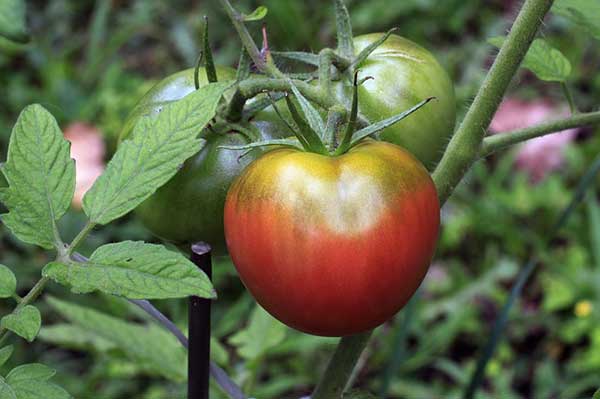Being able to grow some of your own food has always been a worthy goal. But in light of the current situation we all find ourselves in – isolated in our homes – the goal seems even more necessary these days.
However, necessary or not, many of us have thumbs that are as far from green as can be, and the thought of actually growing anything edible never seemed to be an option. Well, it is! And here are five edible plants that anyone can grow – no green thumb required!
GREEN ONIONS
In case you still doubt your abilities, let us begin with maybe the easiest one of all, the green onion. What makes this one even cooler is that you will be growing the green onions from green onion scraps, which means less waste as well.
- Cut off the ends of the bulbs (slide it where the lighter green stem meets the dark leaves), making sure to leave the roots attached, of course.
- Put the cut ends into a glass of water (root ends down). Do not submerge completely. Leave the tops ends above water.
- Place the glass on a window sill; keep the roots moist and wait a few days.
It shouldn’t be very long before you notice growth starting; things should go rather quickly from there. Just continue to keep the roots wet. Changing the water about once a week is a good idea.
Now, you can leave them in water and cut off pieces as needed, although, with that method, they won’t continue producing forever. If instead, when the shoots are about 2-4 inches long, you transplant them into a pot with some well-draining soil, then they could keep growing, and you might never have to buy green onions again!
KALE
Kale chips, kale salad, kale in your smoothie… kale is one of the most popular, versatile, and delicious leafy greens around (it’s a member of the cabbage family). And you, yes you, can grow your own.
What makes kale such an excellent choice is that it is quite a resilient plant and can grow in colder climates as well. Also, you can start growing it indoors and move it out to your garden later – or keep it as an indoor grow all year round (replanted into larger pots). Just make sure the plants have plenty of moisture and light, and you are good to go.
RADISHES:
This often overlooked vegetable is packed with nutrients, vitamins, and antioxidants, to name a few of the health benefits provided by the humble radish. Radishes can be grown both outdoors and indoors and do not require a lot of work either way.
They need about 6 hours of sun per day, but they do okay with some shade also.
Keep in mind that there are both summer and winter varieties. The best ones for you will depend on your climate and when you are planting. And if you are growing them indoors, remember to put them in a deep enough pot to handle the bulbs as they grow.
SWEET POTATOES
While growing sweet potatoes is rather simple, it also requires a good amount of space, which means this is probably not a great choice for folks living in small apartments. But for everyone else, all you need to get started are sweet potatoes. Like with the green onions, sweet potatoes can be grown by starting with other sweet potatoes.
- To get started, clean and cut a sweet potato in half. Then stick toothpicks in the vegetable, near the cut end so that you can set it on a glass of water with only about half the potato in the water. Then put them someplace warm (windowsill, radiator), and in a few weeks, you will see leafy sprouts on top and roots growing on the bottom. Yes, at this point, it will look like a grade 3 science project.
- There are a variety of methods from this point on, but some people will tell you that all you need to do is wait for those roots to reach a couple of inches in length, and you can go ahead and plant those suckers in soil. And in about 90-170 days, all your sweet potato dreams will come true.
- When you do plant them, you will want to keep about one to two feet between each potato (which is why these aren’t ideal for small apartments).
TOMATOES
No matter how you pronounce it, you can grow tomatoes.
Growing tomatoes indoors all year round might be a little tricky for some, which is why it is recommended to have them outdoors. Still, you can start them inside and move them out of the house once the weather is warm enough (tomato plants generally require about 6-8 hours of sunlight per day). Giving the plants enough water is also very important, and as the temperature rises, the soil will probably dry up faster, which means more frequent watering will be required.
Pro Tip: plant basil next to the tomato plants as a way to help repel unwanted pests from your sweet red fruit (remember, technically/scientifically tomatoes are a fruit).





I am always trying out new things as a plant scientist. I will surely try out some of these techniques, thanks for opening my eyes to them.